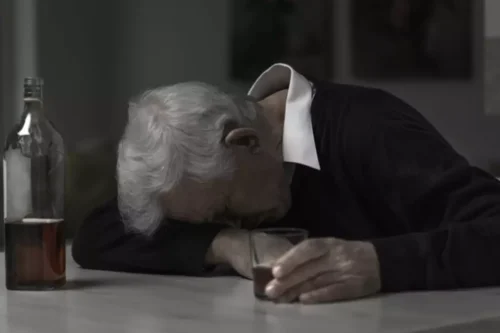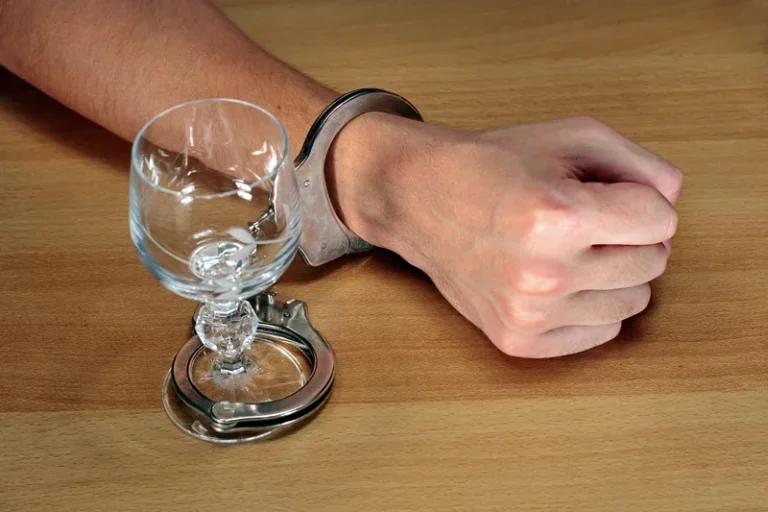
On the downside, ketamine must be carefully monitored and there are concerns about the potential misuse or abuse of the drug because of its party drug reputation. What’s more, due to the lack of long-term studies on ketamine for depression, it’s impossible to know what the effects of the drug may look like months or years down the track. The substance produces what is known as a dissociative, or “out of body” experience, and people who use it may feel euphoric, pleasant, happy, or relaxed, or report having enhanced sensory abilities. Science continues to analyze and explore new ways to look at how traditionally used medicinal substances can be used for addiction recovery. It’s certainly part of the harm reduction approach, which I am an advocate of. If you have insurance, ketamine used for anesthesia may be covered.

Recreational use
But after people with this particular problem receive ketamine, those nerve cell connections get restocked with new glutamate receptors. It’s as if ketamine helps make new catcher’s mitts for the glutamate, so that the ketamine addiction nerve cells can respond to it again. Weeks, months, or years after their first series of six to eight doses, patients may return for a booster. There is no standard recommendation for when or if people need a booster.
Ketamine and alcohol

Those who received only ketamine doses experienced greater improvements in their depression — but when the placebo group received their dose of ketamine, they reported a similar level of improvement. A study that appeared in the American Journal of Psychiatry found that repeated doses of ketamine can help reduce the symptoms of people who suffer from PTSD. Over a two-week period, patients received six infusions of ketamine.
Ketamine for depression: A unique weapon in the treatment arsenal
A small study that appeared in the Journal of Psychopharmacology found that subjects who suffered anxiety responded positively to weekly doses of ketamine over a three-month period. The patients improved in their function in both social and professional areas of life. Ketamine may also be effective for people with PTSD and or obsessive-compulsive disorder. In a previous post, I explored the research being undertaken in testing a ketamine nasal spray as a fast-acting antidepressant. This means people can reap the benefits of ketamine much faster than traditional antidepressants, which often take up to six weeks to have a clinical response. The early research suggested that ketamine could have an effect within just a few hours.

Adi Jaffe, Ph.D., is a lecturer at UCLA and the CEO of IGNTD, an online company that produces podcasts and educational programs on mental health and addiction. What is exciting about this research is that it offers people options. There is no one-size-fits-all when it comes to the treatment of alcohol use disorders.

Abuse of large doses of this medicine can also lead to powerful visual hallucinations that are intensified by environmental stimuli. The antidepressant effects of ketamine wear off in hours, days, or a couple weeks in people who only get a single infusion. Abuse of large doses can also lead to powerful visual hallucinations that are intensified by environmental stimuli. Esketamine (Spravato), the S-enantiomer of racemic ketamine, was approved in 2019 for treatment-resistant depression with an oral antidepressant in depressed patients with acute suicidal ideation or behavior.
- Selective serotonin reuptake inhibitors (SSRIs), for example, ease depression by increasing levels of serotonin, a chemical messenger carrying signals between brain cells.
- Ketamine is most commonly used by vets as an animal tranquilizer or by aestheticians for sedating adults or children prior to surgery.
- But injectable ketamine for depression or other mental health conditions is not yet FDA-approved and may not be covered.
- Ketamine triggers activity of a neurotransmitter called glutamate in the frontal cortex of your brain.
In the past, there was speculation that ketamine masked depression by making a person feel “high.” This theory has since been debunked. Ketamine doesn’t remain in the system very long, yet research shows that people treated with it feel relief in the days and weeks after they stop taking it. Ketamine and esketamine work differently from standard antidepressants. Selective serotonin reuptake inhibitors (SSRIs), for example, ease depression by increasing levels of serotonin, a chemical messenger carrying signals between brain cells. SSRIs block the reabsorption (reuptake) of serotonin, making it more available in the brain.
- An interprofessional team approach is necessary to improve patient outcomes related to ketamine and minimize adverse drug reactions.
- It’s used along with an antidepressant to treat treatment-resistant depression in adults.
- Low levels of glutamate in your brain may lead to depression symptoms.
- But after people with this particular problem receive ketamine, those nerve cell connections get restocked with new glutamate receptors.
This allows healthcare professionals to monitor your response and any side effects you experience. Ketamine itself is not FDA-approved to treat depression, but a derivative of ketamine, esketamine, is. The drug is delivered by nasal https://ecosoberhouse.com/ spray and is designed to be administered alongside a traditional antidepressant. It was approved specifically for treatment-resistant depression, or depression that has failed to respond to other antidepressant medications.

